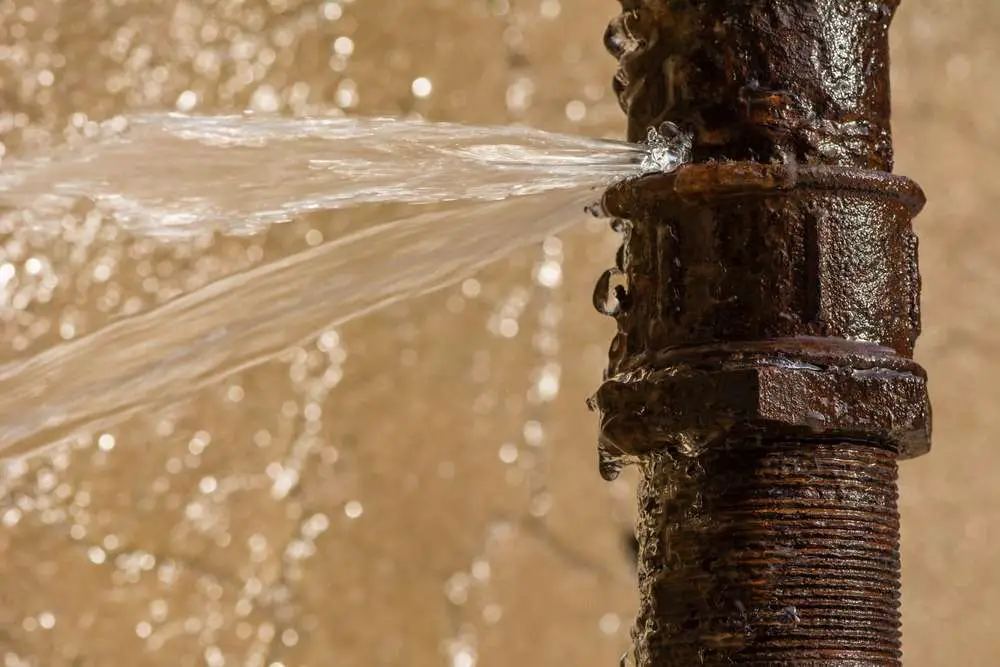- You are here:
- Home »
- Blog »
- Frequently Asked Questions »
- How to Remove Moisture in Your Home (5 Simple Ways)
How to Remove Moisture in Your Home (5 Simple Ways)

As homeowners have become more aware of the impact of humidity, it has become a cause of concern. Whether you live in a humid climate zone or not, your house may be in danger of mold and pests, due to the extra moisture present in the air. So, how do you remove moisture in your home to combat such problems?
To remove moisture in your home, you can take the following measures:
- Buy a dehumidifier
- Fix leaking pipes immediately
- Keep your home well-ventilated
- Take cold showers
- Dry your clothes outside
Taking these measures will help you control humidity levels in your home. Thus, protecting you and your home from the potential problems caused by high humidity.
We look at each of these measures in detail and discuss why you need to control humidity in your home.
Table of contents
Why should you worry about humidity in your home?
High levels of humidity results in the following problems at home:
- Promotes mold and mildew growth, which may damage the foundation of your home
- Fogs up windows
- Leaves a musty odor on clothes and carpets
- Attracts pests such as cockroaches, silverfish, and so on into your home.
The presence of extra moisture is also damaging to your health. It allows dust mites and fungal growth to reproduce and spread, impacting the air quality in your home. Thus, putting people with allergies and asthma at risk of severe attacks.
The dampness in the air may also make it difficult to breathe. Air with extra moisture is thicker due to the presence of water vapors. So, the body has a difficult time breaking it down when inhaled.
Recommended moisture level for your home
The ideal humidity levels in a home should be between 30% to 50%. Above 50% puts you and your home at risk of developing the problems we’ve highlighted above. A closed room with a humidity level of 55% or more for up to 48 hours will develop mold and other bacteria. While levels below 30% lead to dry skin, static electricity, and scratchy throat.
How you can remove moisture from your home
You can remove moisture from your home naturally and through devices. We highlight the 5 most effective ways to control humidity in your home.
1. Get a dehumidifier
Dehumidifiers are the most effective way to control humidity in your home. The device’s sole purpose is to reduce moisture in the air.
It does so using the following process:
- A fan pulls air into the unit.
- The air travels to the evaporator coils, where condensation occurs. The coils cool the air to the point that the vapor turns into water.
- Water drips down into the collection tank. Optionally, you have the option to reuse the water.
- The air is heated back to room temperature before it’s released back into the room.
The best part of using a dehumidifier is it keeps humidity at the recommended level. So, you can ensure that you and your family are safe from issues caused by high humidity levels.
2. Fix leaking pipes immediately

With time, pipes wear down and become exposed to leaks. A leaking pipe adds more moisture to the environment. The water that leaks typically remains somewhere in the walls or floors. It then evaporates into the air, raising humidity levels.
By fixing leaking pipes immediately, you tend to the leakage. You may also use a dehumidifier to remove any extra moisture in the room as a result of the leak.
3. Keep your house well-ventilated
Ventilation fans and windows help regulate humidity. Windows allow fresh air into your home while also taking humid air out. Ventilation fans are limited to the latter.
We recommend you always turn the ventilation fan on when you shower, cook over a hot stove or have a pipe leakage in your home. The fan will take the humid air produced from these activities out of your home.
4. Take cold showers
Showers introduce moisture to the bathroom. But, hot showers lead to more water vapors because it also produces steam. The steam stays on the bathroom surfaces for longer and is absorbed by the air. Thus, raising the humidity level in the bathroom and adjoining rooms.
With cold showers, you don’t have to worry about steam. Shorter showers are also a way to reduce the amount of water present on the surface of the bathroom after you are done. Another option is to install a low-flow showerhead.
5. Dry clothes outside
Many people dry their clothes inside their homes. If humidity is a concern, you should stop this practice. As your clothes dry in a room, the air absorbs the moisture from the clothes. Even if you leave the windows open, humid air will remain in the room and travel to other parts of the house. So, if you want to control humidity, you should dry your clothes outside.
Final thoughts
You don’t have to think outside the box when it comes to removing moisture from your home. Humidity is a common problem with simple solutions. The smartest solution is to use a dehumidifier since it lets you control humidity to the exact percentage you want.
You keep yourself and your home safe from the problems high levels of humidity cause without putting much effort.
About the Author Belal
Belal Rizvi enjoys writing about home improvement and do-it-yourself projects. He is an avid learner of the mold removal and dehumidifiers industry and provides insightful information about it to the readers.
